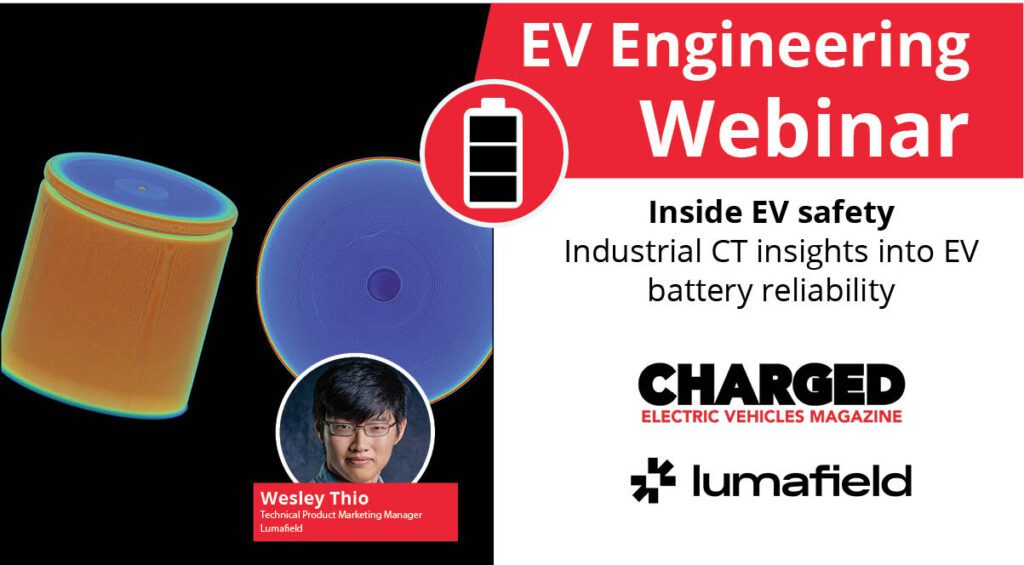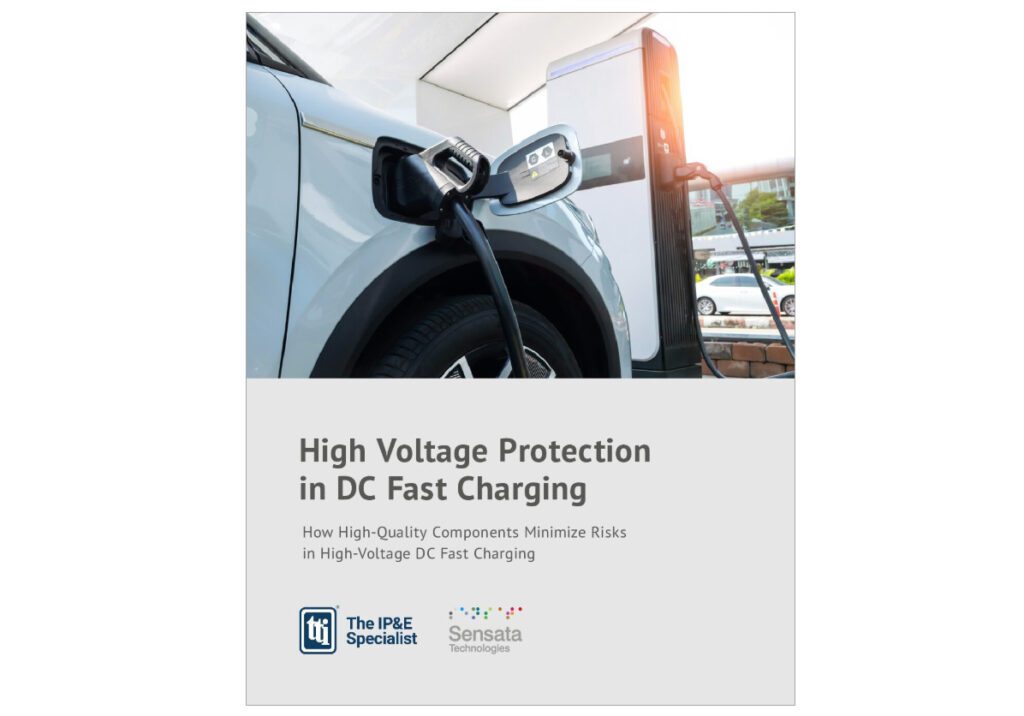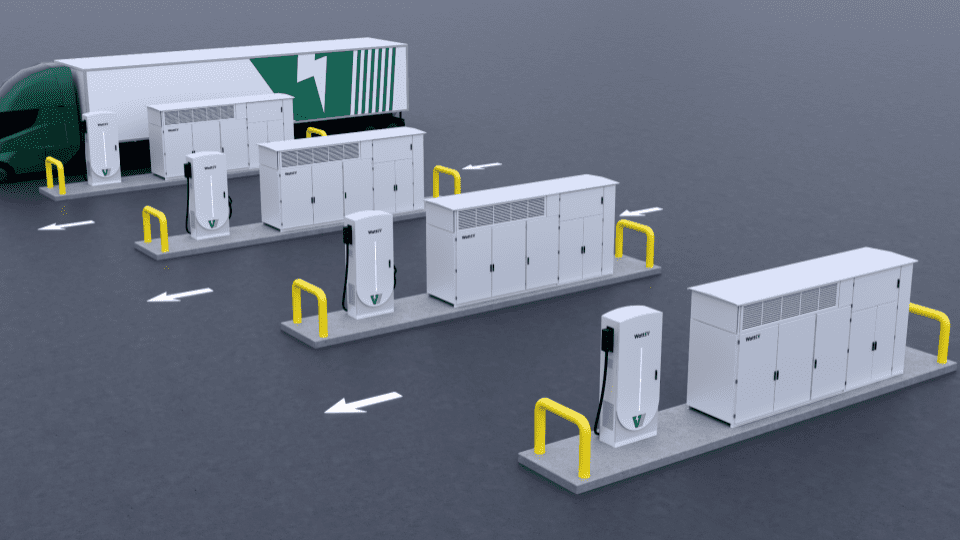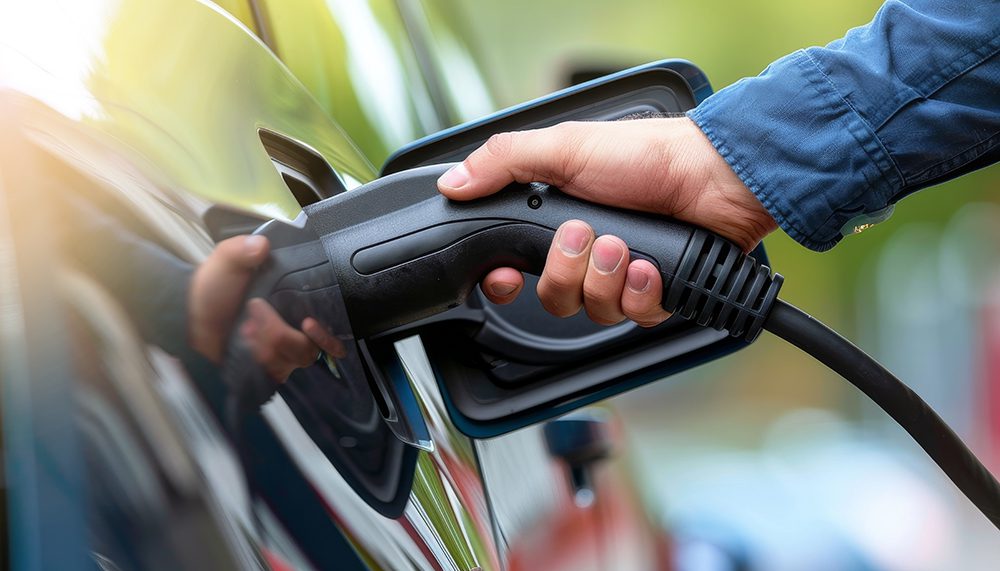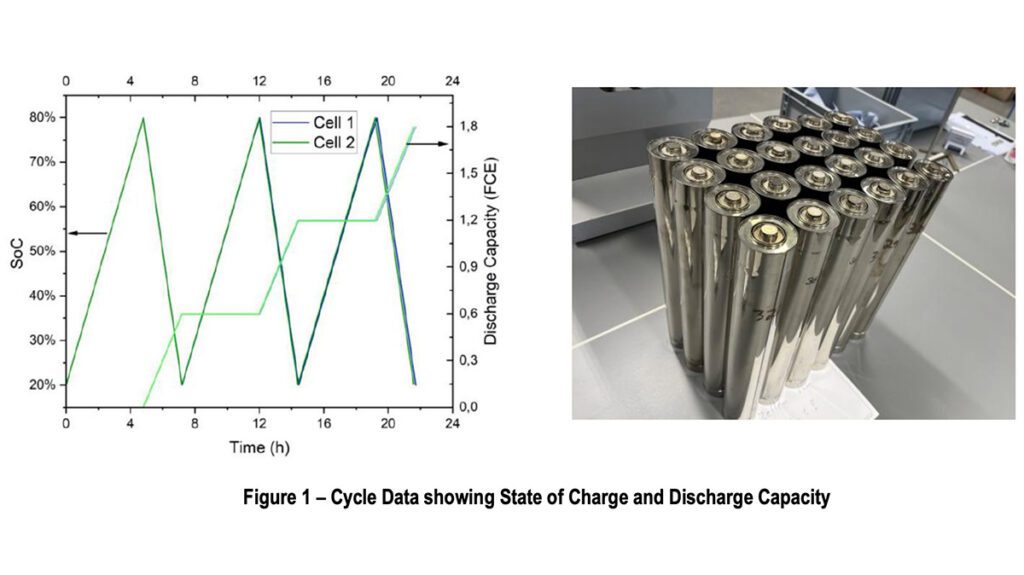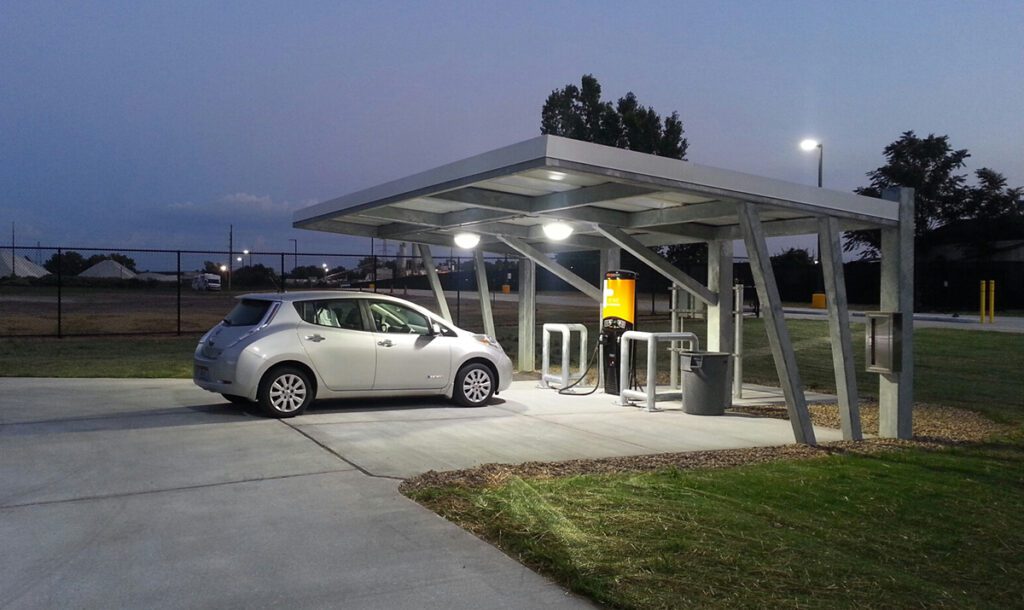Long-time followers of the EV scene may remember Aptera, a startup that was founded in 2006, designed a unique three-wheeled two-seater EV, then went into liquidation in 2011.
Now, Aptera is back. Three of the founders have bought back the intellectual property, and have spent many months working on an improved version of Aptera’s vehicle – an EV that will have the lowest drag coefficient of any vehicle on the market, and will deliver up to 1,000 miles of range.
John Voelcker spoke to three of the founders, now leading the reborn company: Chris Anthony, Steve Fambro, and Michael Johnson. In a substantial article in IEEE Spectrum, Voelcker explains how the Aptera team has updated its design, and why the Apterans feel energy efficiency is an overlooked issue in the EV world.
The team has redesigned every mechanical system of the car, taking advantage of a decade’s worth of advances in computing, fluid dynamics and additive metal manufacturing, as well as an EV component supply chain that didn’t exist in 2009 when they first planned to produce a vehicle. The company has launched a crowd-funding campaign on WeFunder with the goal of raising $2.5 million to build three prototype vehicles. They hope to reveal a final design in 2020.
Aptera’s three-wheeled EV will be powered by 50 kW (67 hp) in-wheel motors (perhaps three, perhaps two, depending on how it affects overall efficiency), sourced from an unnamed Eastern European maker. It will be offered with a range of battery capacities, from 40 to 100 kWh. This will be the most efficient EV on the road, with an energy usage figure of less than 100 Watt-hours per mile. (For comparison, the most efficient version of Tesla’s Model 3 uses 250 Wh/mi.)
After the original Aptera folded, its founders expected other automakers to follow its lead and explore how advances in EV design can improve efficiency. That never happened – Tesla pursued performance, while Nissan and GM stuck with traditional hatchback designs. “What astonishes me is that none of them have yet taken up the challenge: How efficient can a car be?” Chris Anthony told Voelcker.
One exception is the BMW i3, which incorporates many efficiency-boosting innovations, including an aluminum chassis and a body shell of carbon-fiber-reinforced plastic. However, as Voelcker puts it, “the i3 and its ultra-efficient construction looks to be an evolutionary dead end.” Now that the legacy automakers are beginning to focus on actually selling EVs (as opposed to producing just enough to comply with regulations), their plans center around SUVs and pickup trucks. The next generation of EVs will be heavier than comparable legacy vehicles – 2,500 kg and up – thanks to the weight of large battery packs designed to maximize range.
Aptera is taking the opposite route, reducing mass and drag to achieve maximum efficiency. The team told Voelcker that the 60 kWh Aptera will weigh about 800 kg (1,800 lb). The most efficient LEAF, which has a 62 kWh battery, weighs almost double that – 1,557 kg (3,433 lb) – and delivers only a third the efficiency – 310 Wh/mi.
Aptera will rely on high-tech materials to achieve a balance between strength and weight. The vehicle’s body is made of resin-infused sandwich-core plastic composites, which are lighter than aluminum and “many times stronger than their steel counterparts.” Relying on additive manufacturing, rather than expensive stamping dies, means that parts will be far cheaper to produce. The Aptera has only 10 “key structural parts,” compared to the 300 of a typical EV.
The team insists there’ll be no compromises on safety – Aptera’s composite passenger compartment will be “stronger than that of any other vehicle on the road today.” As soon as Aptera builds its prototypes, it will submit them to a full crash-testing regimen.
The Aptera team doesn’t expect their car to appeal to everyone, and they make it clear that they’re not trying to be The Next Tesla. They’ll be happy if their unique two-seater finds a niche with buyers who want the ultimate in efficiency. The company is projecting production of 10,000 units by 2022, and 40,000 by 2024. The market is wide open.
Source: IEEE Spectrum via Green Car Reports






















































